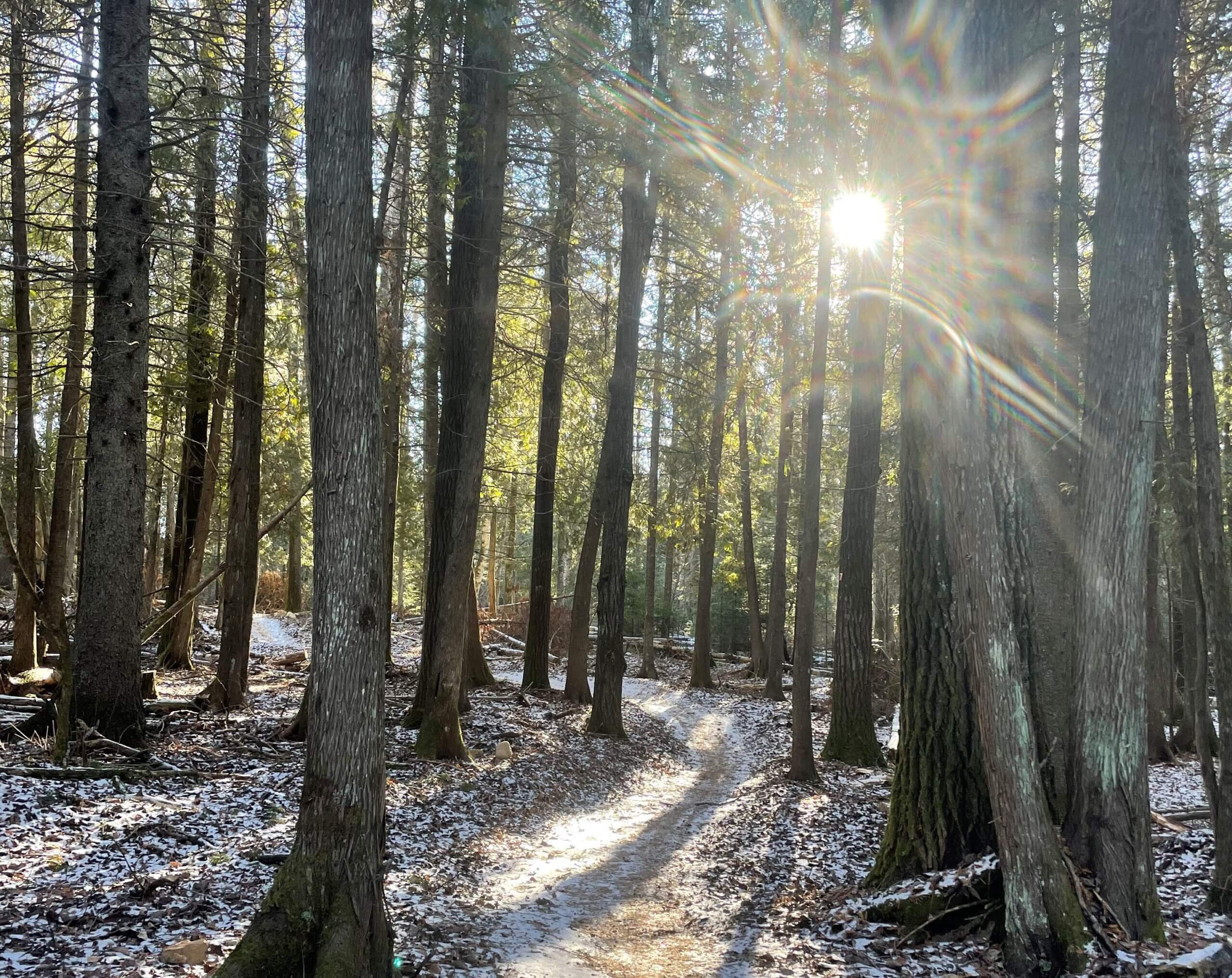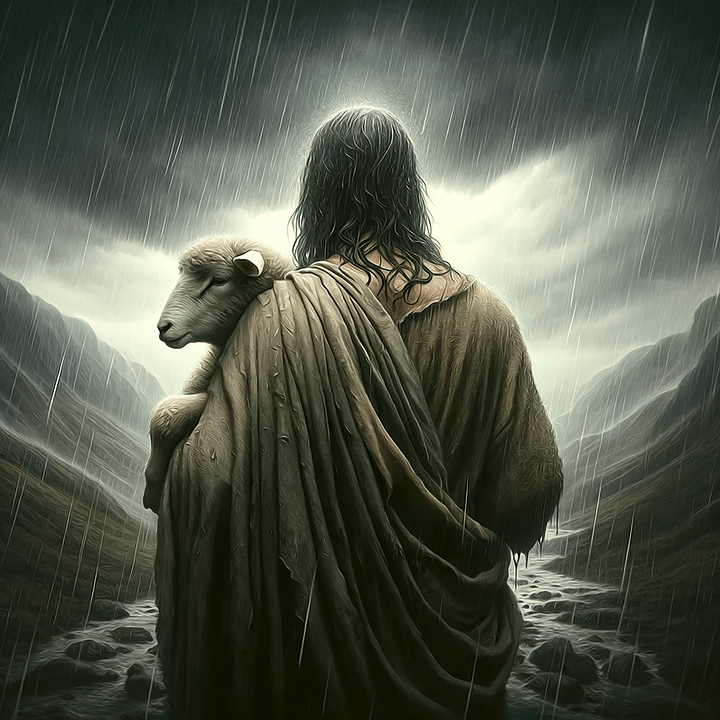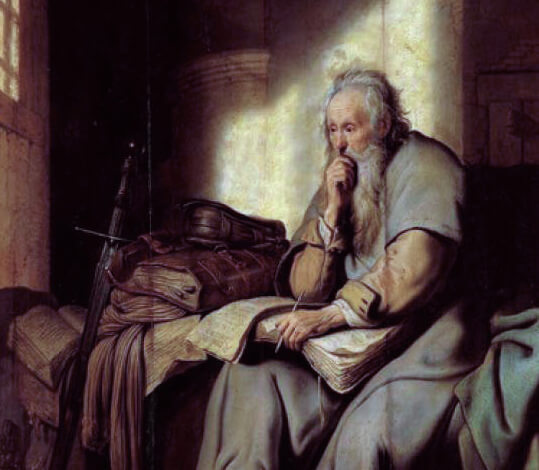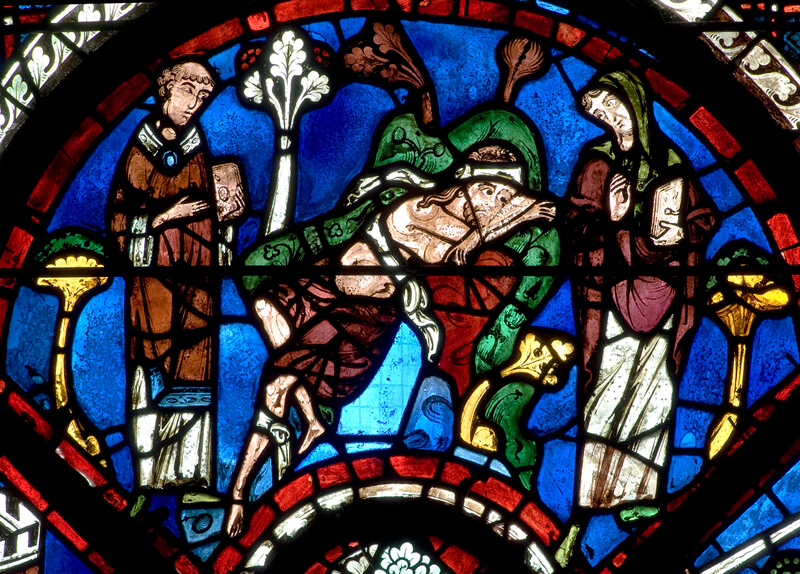Second Sunday after Epiphany (January 20, 2013) by Jennifer Henry
‘The Spirit of the Lord is upon me,
because he has anointed me
to bring good news to the poor.
He has sent me to proclaim release to the captives
and recovery of sight to the blind,
to let the oppressed go free,
to proclaim the year of God’s favour.’ (Luke 4:18-19)
You will likely recognize these words. And even if you didn’t grow up in a strongly biblical denomination, you might be able to place them in the scriptures. For those of us who understand the Christian mandate as saturated with the call for justice, this is a text as critically important in the New Testament as Micah 6:8 is to the Hebrew scripture.
Here Jesus read from the scrolls at the beginning of his ministry, claiming this text as his mandate. It’s kind of like a book launch before a tour, except it’s not a new book, it’s a reinterpretation, a claim to embody older texts that may have been forgotten. The passage ends with the words: “And he rolled up the scroll, gave it back to the attendant, and sat down. The eyes of all in the synagogue were fixed on him. Then he began to say to them, ‘Today this scripture has been fulfilled in your hearing.’ “
It’s high drama…and that is before we get to the part in the narrative where the crowd essentially runs him out of town.
Today we begin a series of four Sundays reflecting on the same text–Luke 4:16-21. We are going to look at this same passage through different glasses and see whether by shifting our perspective we might gain greater wisdom. Today we will look at it in its ancient context, as a text within a text, focusing on the way in which it draws forward Hebrew scripture (particularly Isaiah 61:1-2). Next week we will look at it in relation to contemporary global and local challenges. Then we will explore it inter-generationally and lastly, in music and art.
I have to tell you that for me this text is first and always a song. There is sung refrain of this text from my youth ministry days that cycles through my mind. So I am going to talk about it in that way, asking first: what notes, what textual, historical notes, might we hear in this music?
Ultimately I want to suggest that Luke 4: 16-21 is the key to the rest of Luke, or to put it a musical way, it is the “key” in which we should sing the rest of Luke’s gospel.
There are four aspects to this song that I want us to listen for.
The first is the bright strong notes of Isaiah 61. I think Isaiah 61 is my favorite scriptural text, and definitely the one I want read at my funeral (with a little help from inclusive language). It is a beautiful, powerful, graceful text, with an incredible fusion of both the pastoral and the prophetic. “Binding up the brokenhearted” and “proclaiming release to the captives.” As Susie Henderson has noted, what is wonderful here is that the mourners, having been comforted, build up the ruins, restore the former devastations, and repair the ruined cities. They are the ones who lead and enact social restoration. I hear a particular resonance today in the way in which Indigenous peoples, emerging out of the grief and loss of residential schools, coming out of the history (and present) of colonization and injustice, and may very well point a way forward for not only for their people, but for all of us. They may very well show us how to repair and restore a more sustainable way of life, when our way of living in the world has become so unsustainable. You can hear in Idle No More a theme: the opposition to C-45—the protection of land and waters–is not just for Indigenous peoples but for all Canadians.
But back to the notes in Jesus’ song of Luke 4…Why does Luke bring this ancient text forward to the inauguration of Jesus ministry? Particularly, he brings forward Isaiah 61:1-2, leaves behind the notion of “binding up the brokenhearted” and “day of Vengeance of our God” (and adding “recovery of sight to the blind”). We could look at these changes in detail and ask why, but I venture that we are not properly equipped for that kind of heavy duty bible study.
I think we can say that Luke is reaching back to what is called 3 Isaiah—texts “imaging social reconstruction” after exile. [Walter Brueggemann, Deep Memory and Exuberant Hope: Contested Truth in a Post Christian World (Fortress Press: Minneapolis, 2000),37.] The song of Isaiah 61 is an anthem of the great liberating reversals that God promises. This is song of struggle, but also of confidence akin to “We Shall Overcome.” Luke picks up the bright notes from this song and brings them forward to Jesus who could be understood to say: “Not just then, but now, God’s promise of social transformation is real. And I am here, we are here, to do this together.” A song of great social change, notes transposed from one imperial context, the legacy of Babylonian exile, to another, Roman occupation, and perhaps by us, to another.
If we listen carefully, however, we will also hear notes from another Hebrew song and that is Isaiah 58: 1-12, particularly verse 6. [Robert J. Karris, “The Gospel According to Luke,” in The New Jerome Biblical Commentary, eds. Raymond E. Brown, Joseph A. Fitzmyer and Roland E. Murphy(Englewood Cliffs: Prentice Hall, 1990), 689.] Isaiah 58: 6 says: “Is not this the fast that I choose to loose the bonds of injustice, to undo the thongs of the yoke, and to let the oppressed go free?” This is one of my favorite texts and one which we drew on very recently at KAIROS to invite participation in a solidarity fast—a solidarity fast timed to occur to focus prayerful intention on meeting between the Prime Minister and some First Nations leaders. It is a text, again from that post-exilic time of 3 Isaiah, which Brueggemann summarizes as a “linking of right worship to right public ethics.” [Brueggemann 38.] I will suggest it could mean something like this: “Let’s not get all pious here and forget what holiness is about. Its about acting justly, living in covenantal relations with our neighbours.” Right worship includes right justice where our acts of liberation are a prayer.
In Luke, Jesus is like a jazz singer, who, singing along in an ancient anti-empire ballad (Isaiah 61), throws in a few notes from another anti-empire tune, this one about religious imperialism. And he does so right in the heart of the synagogue. Did the religious authorities notice the mischievous riff? I think he was saying: “I am here to disrupt empire—social, political and religious—are you with me?” A song of great social change, directed not just at political empire but religious authority, notes transposed from one religious context to another, and perhaps, by us, to another…
Now, we need to take account of the rhythm, and if you listen, you can’t miss it. The drum beat is Jubilee. Here it is not the words of the Leviticus 25 that Luke brings forward in Jesus’ song, but Jubilee is still undeniably present. As the Kinslers assert, the essence is there, even if the set of social reversals in the Luke 4 text are different from the practice of cancelling debts, freeing slaves, restoring the land which are at the heart of Jubilee. [Ross and Gloria Kinsler, The Biblical Jubilee and the Struggle for Life (Orbis Book: New York, 1999), 17.] In the phrase “to proclaim the year of the Lord’s favour” the whole vision of Jubilee in which every week, every year and every 50 years society acts to correct the result of human tendencies towards greed and injustice—that ancient rhythm of equitable and sustainable life–is brought back into hearts, bodies. In bringing forward Jubilee, Luke brings forward what Brueggemann refers to as the “most subversive social action ever imagined.” [Brueggemann 38.] This is really my favorite text! With the beat of the Jubilee drum, Jesus asks : “Have you forgotten? I am here to remind you. Here in my heart beats the drum of Jubilee. I am the embodiment of Jubilee.” Let’s not lull ourselves into too much of a ballad here, it is a syncopated, subversive beat. An ancient rhythm, brought forward from a Hebrew song to a Gospel song, and perhaps, by us, to the anthems of our time…
I want to suggest that there is one last thing we should listen for in Jesus’ song of Luke 4:16-21, and that is his Mama’s voice. He sings a little like her, you know, her tone, quality, styling. He grew up to her lullabies. [Ched Myers, Preaching in Advent: Luke’s Revolutionary Christmas Carols. Presentation on October 26, 2012. https://unitedchurchofcanada.adobeconnect.com/_a974744807/p9fz76a0wbi/?launcher=false&fcsContent=true&pbMode=normal (accessed December 9, 2012).] His favorite one he called the Superhero song:“Mummy sing it to me again.” It went like this: ”God has shown strength with his arm; he has scattered the proud in the thoughts of their hearts. God has brought down the powerful from their thrones, and lifted up the lowly” (Luke 1:51-52).
It is Luke’s Mary, the Mary of the Magnificat, that births Luke’s Jesus, with this liberating inaugural song to his ministry. Guess what? The Magnificat is one of my favorite scriptures. It’s a woman’s song, Hannah’s then Mary’s, and again about God’s great promise of social reversal. It is a truly liberative text, sung confidently, prophetically, by women who know acutely the liberation that is required. Gail Yee makes the connection this way, “Jesus begins his public ministry by unleashing his prophetic voice, speaking truth to power, to announce the fulfillment of the liberating word that Isaiah uttered centuries ago, the message of liberation that both Hannah and his own mother proclaimed.” [Gale A. Yee, “The Silenced Speak: Hannah, Mary and Global Poverty,” Feminist Theology 21 no.1 (2012): 53.] He knew what good news would look like for his own mother, and he proclaimed it.
In Colombia KAIROS works with the Popular Feminist Organization (OFP). They do incredible human rights work, in a violent repressive context, almost always with song or a dance. One generation into this movement, you can see the involvement of the children, the children of the feminist founders. This includes the boys, now men, who lift up their mothers’ work as their own. The women who rocked the cradle, rock the boat and so, now, do their sons
Mary’s boy child sings like his Mother, maybe with her dialect. He does not forget his roots, an extraordinary birth by a poor ordinary woman. In response to his song in Luke 4, the people say in surprise, “is this not Joseph’s son?” (Luke 4:22). If they heard more clearly, they would have said: “truly this is Mary’s boy.” Perhaps the crowd in the synagogue do begin to understand, as their awe turns to rage, and the significance of the great reversals of the Magnificat, reinterpreted in Luke 4, begins to hit home. This is social, religious, political revolution—good news for the poor, but what does it mean for us? To stray into our time, “what does a round dance revolution mean for us settler folks?” It feels more than a little unsettling…
Uniquely in Luke, Jesus announces his ministry with this inaugural song. In it we hear the notes of social and political, even religious, transformation from Isaiah, the counter cultural, subversive rhythm of Jubilee, and the tonal quality of Mary, a genuine voice of the oppressed, who passes intergenerational wisdom, and politics, on to her son.
What does it mean for Luke to put this first, to have Jesus assert, “my ministry begins now, with this mission statement.” What does it mean to a gospel that can stray, away from this anti-imperial song to a later sense of tolerance or even acceptance of the Romans and empire.
Brigitte Kahl’s reading of the Magnificat, suggests that the primacy of the Magnificat text—right at the beginning of Luke’s gospel–gives a “norm-setting interpretation of the Christ event…[relating it] ‘from the beginning’ and hence, ‘in principle’ with the gospel of women—and children.” [Brigitte Kahl, “Reading Luke Against Luke: Non-Uniformity of Text, Hermeneutics of Conspiracy and the ‘Scriptural Principle’ in Luke 1” in A Feminist Companion to Luke, ed. Amy Jill Levine (London and New York: Sheffield Academic Press, 2002), 87.] It gives Kahl “scholarly legitimation” to invite future reading in the “key” of Luke 1:24-57, transposing the rest of the Gospel to manner that does justice to women and children. [Kahl 87.]
Might we think the same of Luke 4: 16-21? Whatever happens next, however ambivalent about authority or empire the Gospel of Luke might become, can we not see it, sing it, in the key of Jesus’s liberating first song? Can we not read the ministry of Jesus by its first principles, by its own interpretation, as transformation–social, political, religious–from the side of the oppressed. When revolution is the ministry of Jesus, we can sing Luke’s gospel in key of liberation.
Our churches so often attempt to spiritualize and depoliticize the gospel message. While they (we) often fail to get the message, of peaceful, but powerfully disruptive revolution, those in the narrative, appeared to get it. As Bruggemmann says, “The evangel turns out to be a gospel of deep public transformation, deep enough that authorities sought to kill him.” [Bruggemann, 39.] This week, as we recall the birthday of Martin Luther King Jr., we remember that it is not only in Jesus’ time that anti-imperial songs can stimulate imperial wrath. The civil rights movement brought social, political, even religious revolution, by peaceful means, but at a great cost.
As a round dance revolution arises in our country, complete with the messy conversations about tactics and direction that characterize every movement (including the civil rights movement before it), let’s remember that Christ’s ministry was an unsettling, disrupting, transforming liberation song. When we hear that music, we can remain on the sidelines, or we can join the dance.





